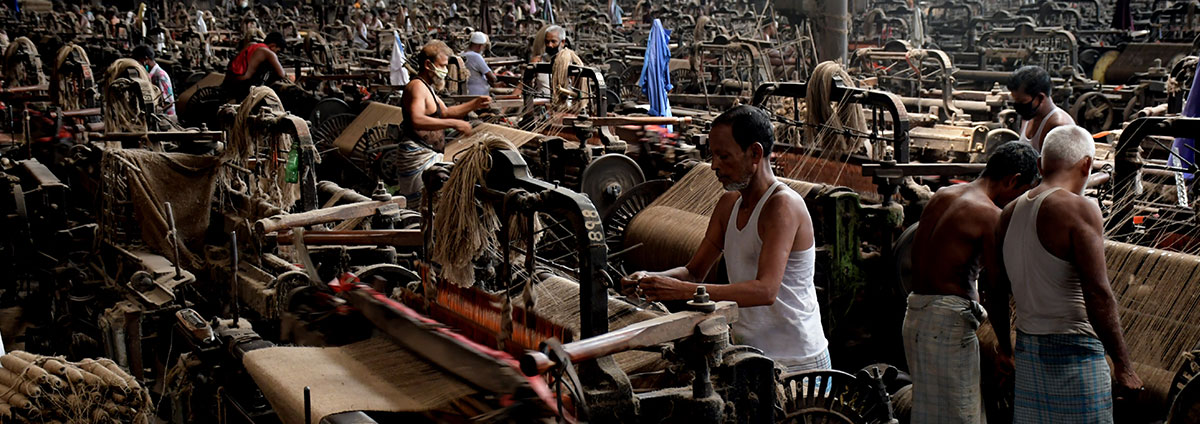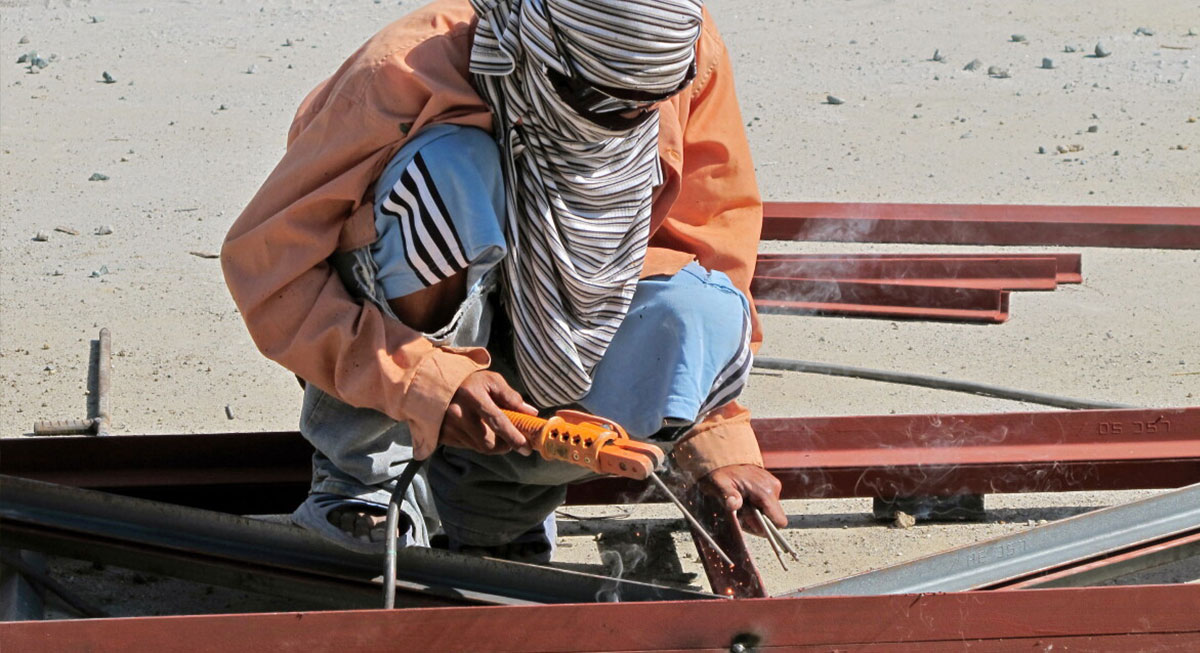Defining the Issue
Key Characteristics and Forms of Human Trafficking, Including Forced Labor

Key Principles and Concepts
To contextualize the topics explored in our tools and reports, key terms are defined below, as well as key characteristics, principles, and concepts.
The United States recognizes two primary forms of trafficking in persons: forced labor and sex trafficking. This site focuses primarily on forced labor, a crime whereby traffickers exploit and profit at the expense of adults or children by compelling them to perform labor. Several terms are used throughout RST such as trafficking in persons, human trafficking, and forced labor.
More than twenty-seven million men, women, and children around the world are currently believed to be victims of human trafficking, which includes forced labor and sex trafficking, a global criminal industry estimated to be worth $150.2 billion annually. It is seen in all types of economic activity, from farming to manufacturing to construction, to domestic work, and virtually in every country in the world. Human trafficking can occur within a country or transnationally, and it is distinct from migrant smuggling which often involves exploitation but is typically characterized by the consent of the person being smuggled.

Forced labor typically goes beyond sub-standard or exploitive working conditions. Some key indicators are:
- Abuse of vulnerability
- Deception
- Restriction of movement
- Isolation
- Physical and sexual violence
- Intimidation and threats
- Retention of identity documents
- Withholding of wages
- Debt bondage
- Abusive working and living conditions
- Excessive overtime

Key Terms
The United States’ Trafficking Victims Protection Act of 2000, as amended (TVPA), and the UN TIP Protocol contain similar definitions of human trafficking. The elements of both definitions can be described using a three-element framework focused on the trafficker’s 1) acts, 2) means, and 3) purpose. All three elements are essential to form a human trafficking violation.
More than 180 nations have ratified or acceded to the UN Protocol to Prevent, Suppress and Punish Trafficking in Persons (often referred to as the UN TIP Protocol or Palermo Protocol), which defines trafficking in persons and contains obligations to prevent and combat the crime.
Forced labor, sometimes also referred to as labor trafficking, encompasses the range of activities involved when a person uses force, fraud, or coercion to exploit the labor or services of another person.
Forced labor is defined in the ILO Forced Labor Convention, 1930 (No. 29) as “all work or service which is extracted from any person under the menace of any penalty and for which the person has not offered himself voluntarily.” Section 307 of the Tariff Act of 1930 uses this definition of forced labor.
Debt bondage is focused on human trafficking crimes in which the trafficker’s primary means of coercion is debt manipulation. U.S. law prohibits perpetrators from using debts as part of their scheme, plan, or pattern to compel a person to work or engage in commercial sex. Traffickers can target some individuals with an initial debt assumed willingly as a condition of future employment, while in other contexts, traffickers might tell individuals they “inherited” the debt from relatives. Traffickers can also manipulate debts after the economic relationship begins by withholding earnings or forcing the victim to assume debts for expenses like food, housing, or transportation. They can also manipulate debts a victim owes to other people. When traffickers use debts as a means to compel labor or commercial sex, they have committed a crime.
In some parts of the world, modern slavery is used to refer to human trafficking. The United States Government recognizes that there is no equivalent in the United States today to the experience of institutionalized slavery that lasted in the United States until the ratification of the Thirteenth Amendment to the Constitution in 1865. Slavery, peonage, and involuntary servitude are separately criminalized in 18 U.S.C. §§ 1581 – 1588 in the same Chapter of Title 18 as trafficking in persons crimes.
Use RST's interactive map to identify forced labor risks globally, by sector, commodity, and country.
